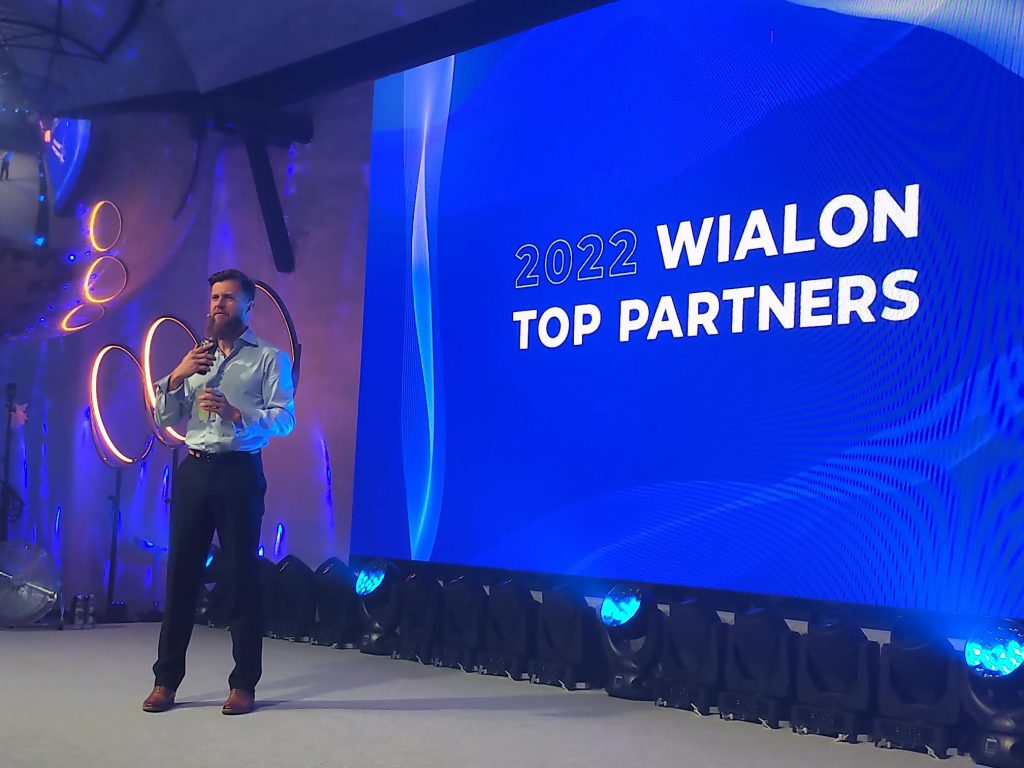Google Cloud has given notice to customers that it’s axing its IoT Core service next year, leaving them to find an alternative mobile device deployment and management service. Business technology journalist, Antony Savvas says they shouldn’t get stressed about finding one.
IoT core
IoT Core was launched in 2017, and is a managed service for device connections and their control. But despite the big growth of “things” being connected globally, Google says it thinks customers’ needs can be better met by providers who specialise in IoT (Internet of Things) software and services.
It added it will help customers find alternative solutions. Both Amazon Web Services (AWS) and Microsoft Azure offer rival IoT connectivity and management services, but they are fierce rivals to Google in the general cloud services space. So it is probably unlikely Google will be pointing IoT Core customers in their direction. After all, if AWS or Azure were to pick up IoT Core customers, they would undoubtedly try and get them to sign up to the multitude of other cloud services they sell, to the potential detriment of Google with its own packed cloud services portfolio.
While IoT Core forms only a small part of the Google Cloud business, which includes the Google Cloud Platform and Google Workspace productivity applications, the possible cross-sell opportunities it offered to Google are precisely why its closure came as a bit of a surprise to the market.
While in the last quarter the Google Cloud unit showed 36% annual sales growth, it is still loss-making, as Google continues to plough many millions of dollars into extending network connectivity and building data centres to deliver its services. IoT Core is part of the edge activity that these investments are designed to support, so the decision to axe it will baffle many further.
Smaller players

Decisions like these always leave openings for others though, and smaller companies in particular are ready to jump in. Last week, I attended the Telematics Vilnius conference to find out how firms globally were viewing the burgeoning market opportunities, fuelled by the continuing drive towards IoT, 5G network connectivity and increasingly cheaper connections to satellite systems.
The Lithuania event attracted telematics suppliers and service partners from every continent. Antanas Segzda, CEO of Teltonika Telematics, a global supplier of hardware modules that enable telemetry in vehicles, industrial sites and many other segments, acknowledged the firm has had to overcome some business problems, despite the industry’s growth.
“Over the last year, we’ve had to spend most of our research and development resources dealing with chip shortages, with 80% of our R&D budget going on re-designing components and sourcing components from elsewhere to mitigate the shortages. We have effectively lost a full year in new product development.”
Getting in early

As for competitors, Segzda cited several firms in the US and Asia, as well as spin-off companies formed by ex-Teltonika staff in Lithuania. Asked why his region had created a hotbed of telematics firms, Šegžda says, “Our founder originally worked with Nokia on developing M2M (machine-to-machine) systems, and then Nokia effectively switched off its dedicated M2M unit. But we recognised that IoT was the future and scaled up our efforts.
“As a result of getting in early and focusing on international expansion, and serving the needs of customers of any size, we have taken advantage of the opportunities out there.”
On newer market segments, outside the vehicle tracking space that Teltonika majors on, Segzda cited industrial routers for internet service providers (ISPs), security services companies and banks’ ATMs, for instance; mobility systems to track bikes and scooters; energy solutions for the likes of electric vehicle charging points; and telemedicine systems.
Aliaksandr Kuushynau is the head of the Wialon telematics software division at Vilnius-headquartered Gurtam. He says Wialon software is used to connect around 3.3 million things in the global IoT network.
Post-pandemic

Wialon operates its own private cloud, with the servers in it delivering the software to service providers, who then deploy it on behalf of their customers. On growth, Kuushynau says, “We were seeing 30% annual growth before the pandemic, with around 2 million vehicles connected, but then fleet vehicle mileage suddenly dropped by 90% because of lockdowns.
“But the pandemic served as a driver for other delivery requirements, such as groceries and meals. Our GPS-based systems were also used to help track Covid-spread on public transportation, for instance.”
Now, post-pandemic, the company is seeing 20% growth, he says, and, within 18 months from now, he is expecting to see around 4 million things connected to the firm’s platform.
Kuushynau adds: “We see good global growth as other services use our software outside fleets and trucks.”
Wialon service provider BrickHouse Security confirms the possibilities. New York-headquartered BrickHouse sells security systems, including video cameras, hidden cameras and GPS trackers, to thousands of law enforcement agencies and businesses.
Todd Morris, CEO of BrickHouse Security, says, “We’re seeing 30% annual growth and a lot more business is being created by people wanting to protect and secure homes, boats, retail stores and mobile workers in remote and/or dangerous areas, for instance.”
Google’s decision is clearly no loss for many other players in the edge connectivity market.
Government control

There have been some interesting developments on the roll-out of 5G services, with two governments stamping their authority on future deployments.
With the threat of being carved out of the market, Malaysia’s mobile operators have now confirmed they will share a 70% stake in the government’s 5G deployment vehicle and wholesaler, Digital Nasional Berhad (DNB).
Instead of selling off national spectrum, the country launched DNB in 2021, much to the chagrin of the mobile operators, who claimed they could roll-out 5G themselves far more effectively, efficiently, and more cheaply. But the government stuck to its guns, and maintained DNB would eliminate the problem of overbuilds and will offer Malaysians a greater choice of mobile services.
By early 2022, the Malaysian operators were still refusing to sign-up to DNB, leading the government to offer them a shared 70% stake in DNB to address their doubts, but they were still dragging their feet. So the government set a deadline for this month, and threatened they would be blocked from accessing 5G spectrum entirely if they didn’t support DNB. It also warned that foreign operators would step in to replace them.
All the country’s major operators have now agreed to take a stake in DNB, although full details about how DNB will operate still have to be confirmed.
Following this example of strong-arm government tactics, we also have this morning’s announcement that the Hungarian government is simply buying up 5G players to support its national IT and communications strategy.

Vodafone is selling its mobile network in Hungary to 4iG and Corvinus (a Hungarian state holding company) for €1.8 billion. (See separate News report.)
The deal “supports the Hungarian state’s goal of creating a national ICT champion,” says Vodafone.
While the deal is a further example of Vodafone withdrawing from non-major markets, it’s also a good example of a government taking advantage of the technology prowess of a private company, for the potential benefit of its citizens as new services come on stream.
The author is Antony Savvas, a global freelance business technology journalist.
Comment on this article below or via Twitter: @VanillaPlus OR @jcvplus






